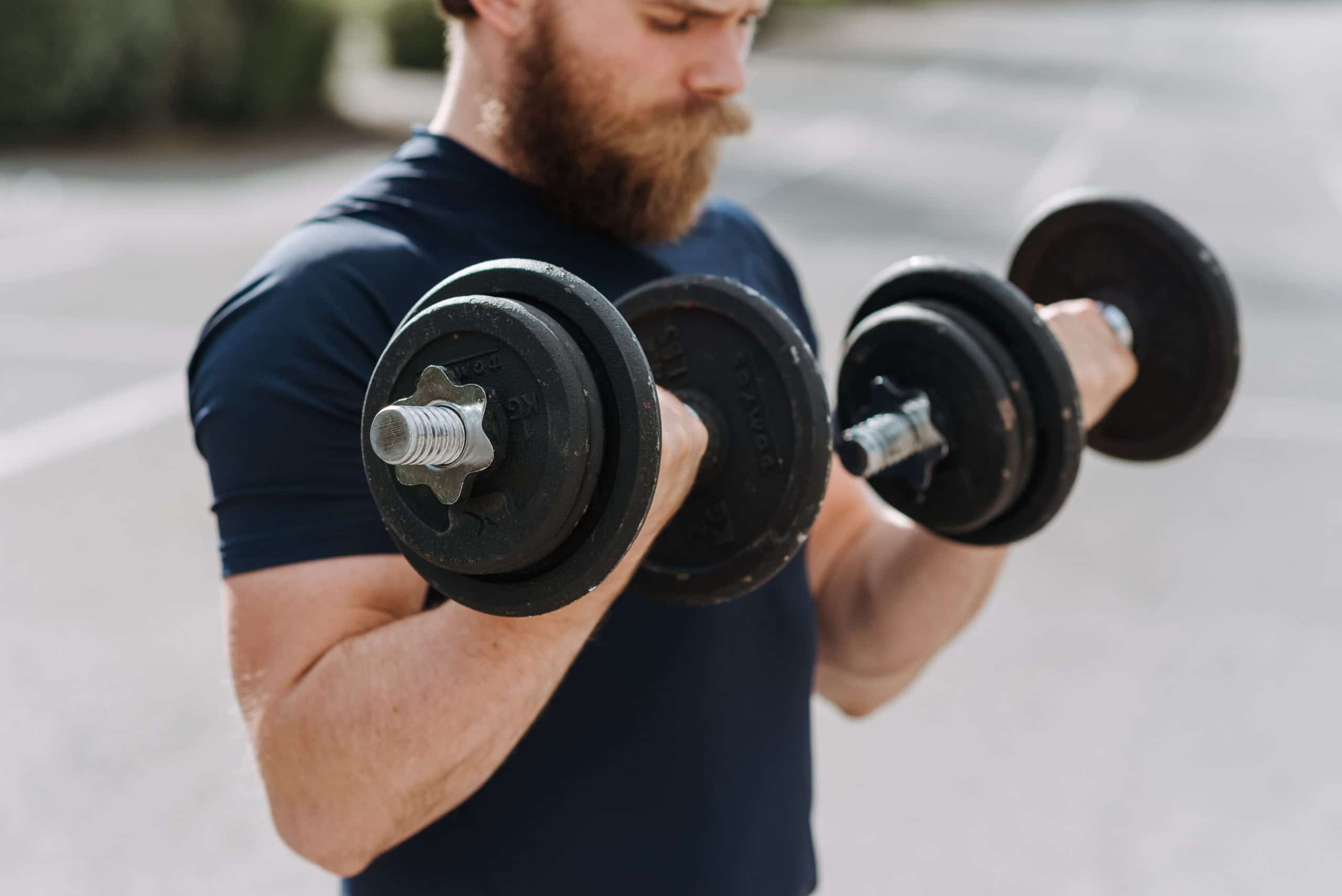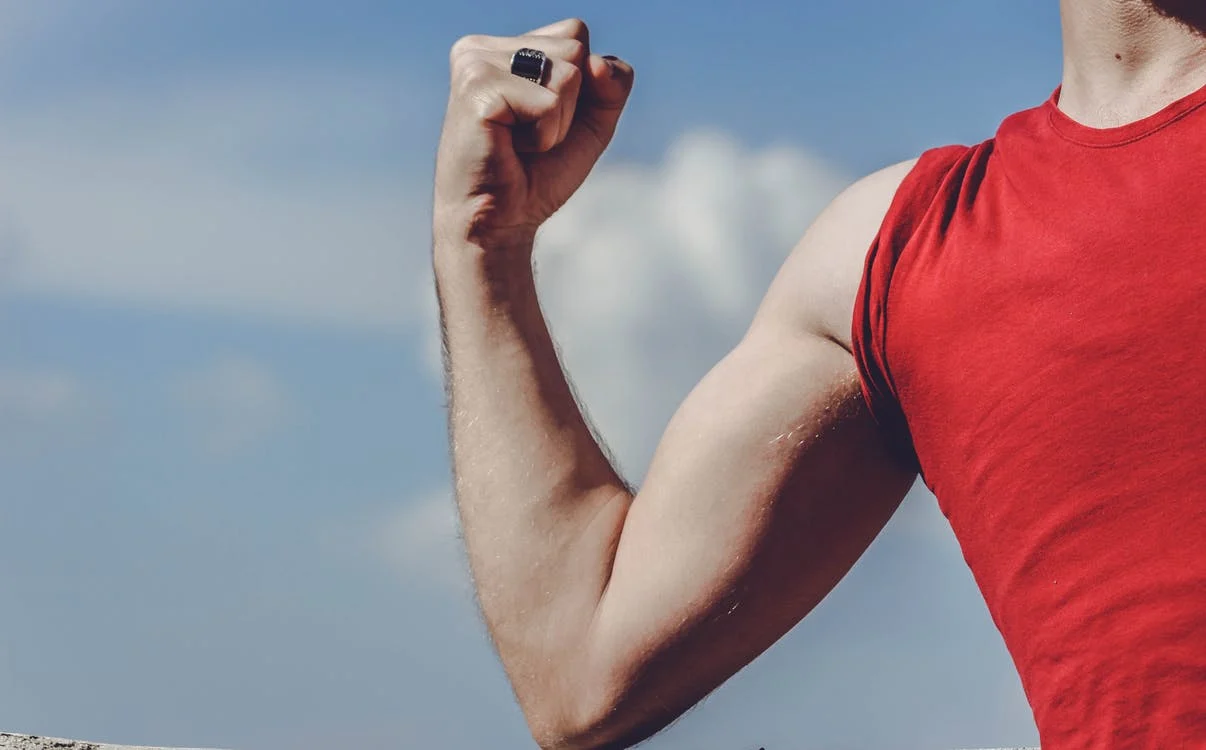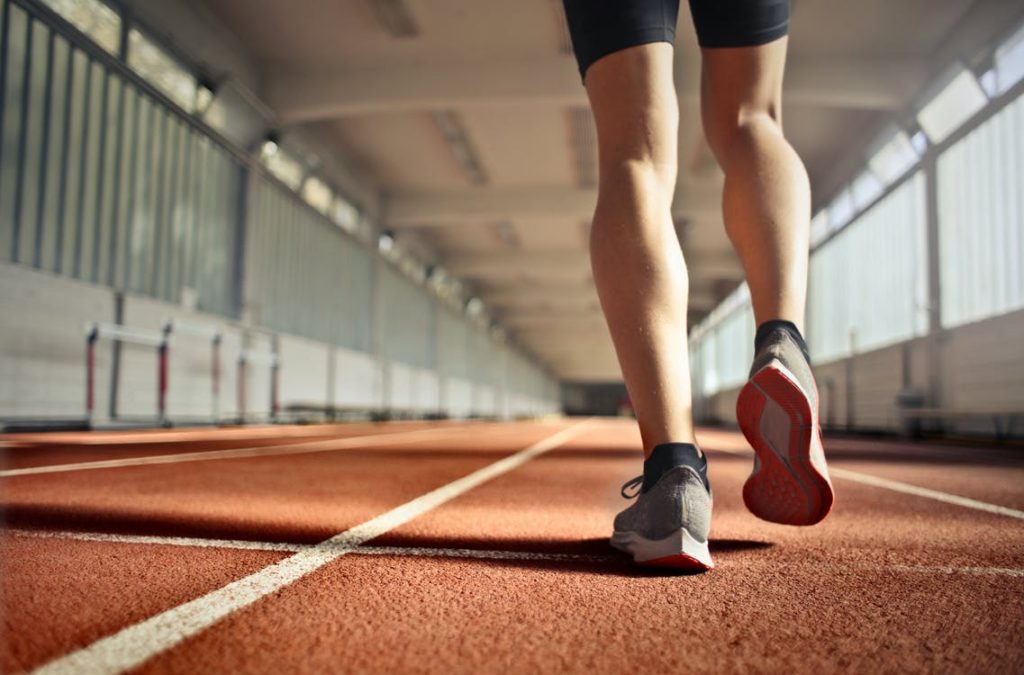
“You don’t want to find yourself two, three, or even five years from now, wishing you had taken measurements.”
Some young men may be wondering how they can tell if they have big enough biceps. This is a valid question, as biceps size can be a point of pride for some guys. Fortunately, there are several ways to measure your biceps size accurately. In this post, we’ll discuss the most common methods for measuring your biceps and explain how to get the most accurate reading. So, if you’re looking to bulk up your arms, read on and learn how to measure biceps!
Why measure?
Most of us who are interested in the lifestyle of health and fitness have measured our biceps at least once. Young men are especially guilty of this. But what compels us to do so?
Recording measurements to track progress is one of the most effective techniques to tell if you are gaining muscle. We see ourselves in the mirror every day and this can make it difficult to see change over the long term. You may feel like you’ve made no progress until you look back at your measurements from a year past.
Another benefit to measuring your muscles is actually fashion-related. Everyone has that one shirt that fits really well and hugs the chest or biceps perfectly.
When ordering clothes online, knowing your measurements and learning what fits you the best will result in all your shirts being the perfect shirt.
How to measure muscles
When measuring your muscles you’ll need a flexible measuring tape (like the ones made for measuring fabric) and you’ll have to remember to measure before your workouts, to avoid a pump skewing the numbers. A pump is when the blood rushes to your muscles, making them larger.
If you want to get a little more serious about measurements, you can purchase yourself a Gullick tape. This is like a fabric measuring tape but is retractable and will not stretch. The non-stretchable material ensures that the measurement can not be distorted by pulling the tape too tight.
It is also important to note that taking measurements at the same time of day will result in more accurate metrics. When you write down the measurement, also write down whether or not you were flexing, and the time of day, in order to keep consistent.
Biceps/triceps/forearm

Ok, we all know why you’re here, so let’s just get to it- measuring your arms.
To measure your bicep, it doesn’t matter how you position your arm, as long as it’s the same every time you measure. However, most people are going to lift their arms up and flex.
It’s important to keep the measuring tape tight to your skin, so the measurement is not off. Flex as hard as you can (or don’t) and wrap the measuring tape around the peak of your bicep and directly opposite on your tricep.
The average arm size for young North American men is around 13.5 inches in diameter.
Most fitness enthusiasts just measure their arms around the bicep, but the triceps can be measured as well. Since the triceps is responsible for the extension of the elbow joint, it can be flexed if you hold your arm straight out ahead of you, with your hand supinated (palm up).
Now wrap the measuring tape around your arm in the same place you would if measuring your bicep. The tape should be perpendicular to the floor and line up nice and straight. Try to measure over the peak of your tricep muscle.
This position also works well for forearm measurements. Keep your arm in the same position, but make a fist. Now wrap the measuring tape around the thickest part of your forearm.
Chest
After arms, you’ll probably move on to measuring your chest. This can be done alone but will be easier with a partner since they can make sure that the tape measure is lined up.
First, you’ll want to remove your shirt. Wrap the measuring tape around the fullest part of your chest. Use a mirror to make sure that the tape is parallel to the floor, and not sagging anywhere. The measuring tape should be hugging your chest, but not squeezing.
It’s important not to breathe into your chest while measuring. Proper ‘deep’ breathing is when your belly expands, not your chest. Consecutive measurements will be more accurate if you do not flex, just relax.
The average chest size for young North American men is around 43 inches in diameter.
Quadriceps
Next, we will move to legs.
To measure your quadriceps, you might want to measure around the thickest part of your thigh, but this isn’t correct. Instead, wrap the measuring tape around your thigh approximately 15cm from your knee cap. This should land somewhere close to the middle of the thigh, between the knee and hip joint.
Make sure you’re standing when you take this measurement, and it is best to do without any clothing beneath the tape. If you don’t measure the exact same spot on the opposite leg, the results could be off.
Most people have a 1-3cm difference in diameter between their dominant and non-dominant legs.
The average thigh size for young North American men and women is around 21 inches in diameter.
Calves

Calves can often be forgotten when it comes to measurements and even bodybuilding in general. Calves are notoriously difficult to grow for some people and that is all the more reason to measure and track any growth.
Calves can be measured standing up or sitting down, and as always, it is best to measure without any clothing in the way. Wrap the tape around the thickest part of the calf. Once again, pay close attention to the measuring tape and be sure that it is parallel to the floor, and not sagging anywhere.
The average calf size for young North American men is around 15.5 inches in diameter.
Final thoughts
Unless you’re new to our philosophy here, it won’t surprise you that the key to taking measurements is consistency. It is important that all measurements are taken at the same time in the day, in the same area, and all other variables are identical, if possible. The more accurate your measurements are the less room for error down the line.
You don’t want to find yourself two, three, or even five years from now, wishing you had taken measurements. Sometimes we can’t see the progress in the mirror, so photos and measurements are what keep us grounded. You’ll look back and think to yourself, “Hey, I have made gains.”